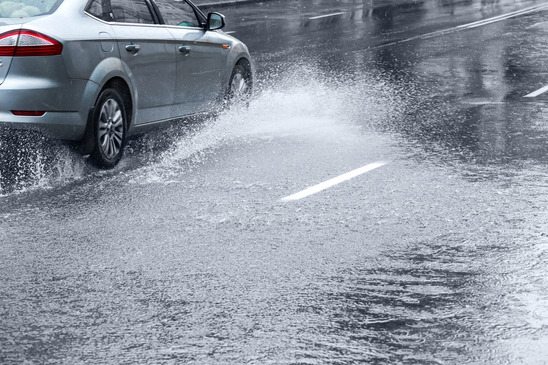It has been more than a decade since Hurricane Katrina swept through Mississippi, but thousands of residents are still recovering from both the physical and emotional devastation that it caused. Fortunately, the state is better equipped than ever to respond to powerful storms should one strike during the 2017 hurricane season, but citizens need to play their part, too. This includes following all weather advisories, stocking up on essential items like bottled water and canned food, and staying off the roads when severe weather hits.
Unfortunately, all it takes is a small rainstorm to increase your risk of crashing. Even if you reduce your speed and extend your following distance, you cannot expect other drivers to do the same.
If you were hurt in a collision with a reckless driver, contact Ballard Law, PLLC to discuss your case. You may be entitled to compensation for medical bills, lost income, and other damages. Call 769-572-5111 to schedule a free case evaluation with an accident attorney in Madison.
What Is Hydroplaning?
Roads become slick almost as soon as it starts raining. If you maintain a reasonable speed and your tires are not significantly worn, they should be able to stay in contact with the road. But if you are traveling so quickly that your tires cannot push the water aside fast enough, they will lose traction and start to skim across the surface of the water. This is called hydroplaning, and it is incredibly dangerous.
When your tires do not have contact with the road, you essentially lose control over your vehicle. You will not be able to make turns or even decelerate if the car ahead of you stops short.
How Can I Prevent Hydroplaning?
There are three factors that contribute to hydroplaning, and you have control over two of them. These factors are speed, the tread depth of your tires, and the depth of the water on the road.
In wet conditions, DefensiveDriving.com recommends that you travel two-thirds the normal speed. For example, if you are driving on a highway with a posted speed limit of 60 mph, you should travel no faster than 40 mph during heavy rain, and you should disable the cruise control.
You can also avoid hydroplaning by checking your tires periodically and replacing them when the tread is no longer thick enough to provide adequate traction. You may not have any control over the third factor—water depth—but you can reduce your risk by avoiding puddles.
What Should I Do If I Realize I Am Hydroplaning?
If you realize you are hydroplaning, do not panic and brake hard. This will only result in an uncontrollable skid. Instead, take your foot off the accelerator and start applying the brake gently until you slow down enough that your vehicle regains contact with the road.
If you sustained injuries in an accident with a motorist who was not driving safely for the conditions, contact Ballard Law, PLLC. William E. Ballard will evaluate your case to determine if you have grounds for a claim.
Call 769-572-5111 to schedule a free consultation with a car wreck lawyer in Madison. You can learn more about car accident claims in Mississippi by visiting USAttorneys.com.


